Home>Furniture & Design>Interior Design Trends>How To Identify Depression Glass
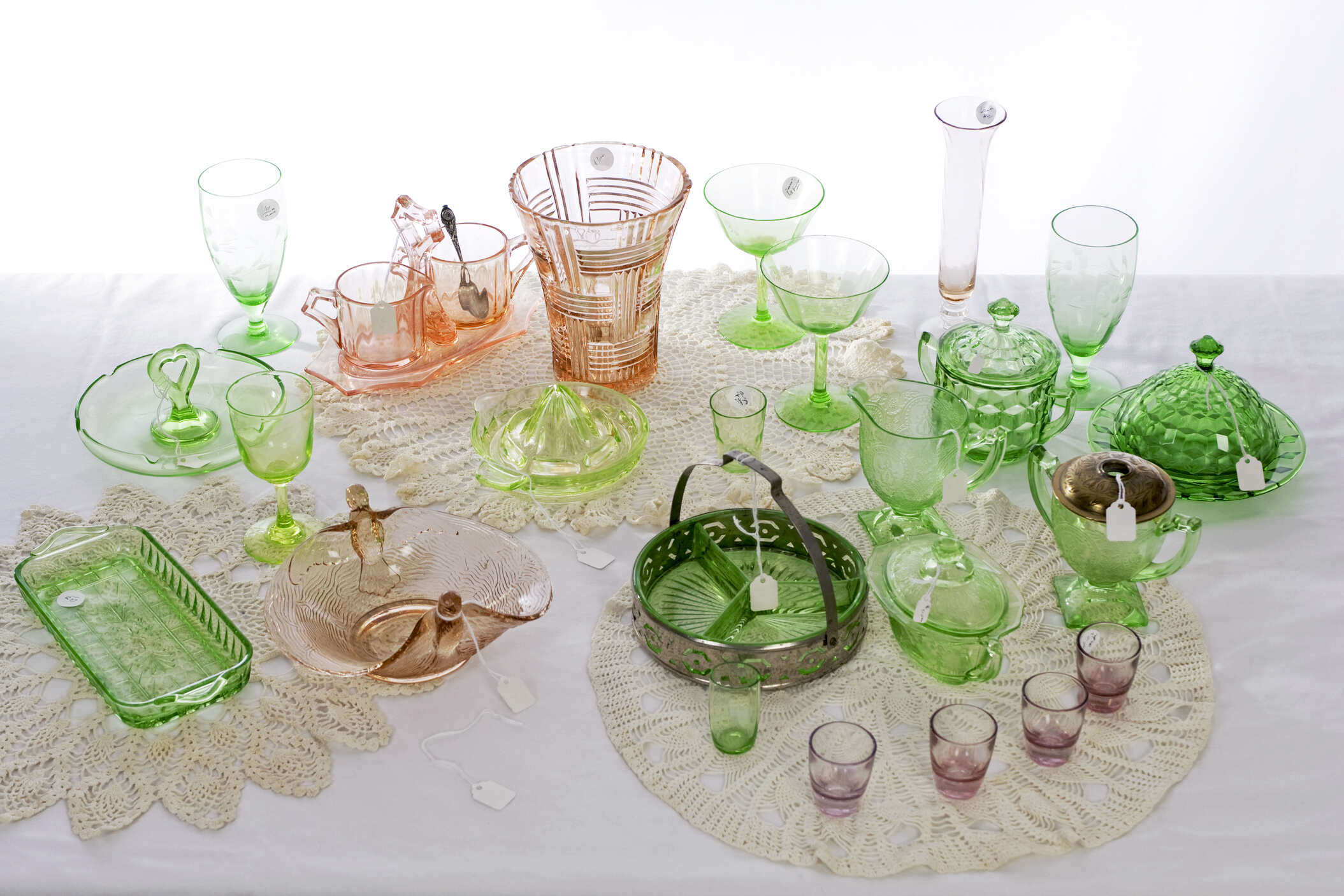

Interior Design Trends
How To Identify Depression Glass
Modified: April 21, 2024
Learn how to identify depression glass and incorporate it into your interior design trends. Discover the beauty and history of this timeless glassware.
(Many of the links in this article redirect to a specific reviewed product. Your purchase of these products through affiliate links helps to generate commission for Storables.com, at no extra cost. Learn more)
Introduction
Depression glass, with its timeless allure and historical significance, continues to captivate collectors and enthusiasts alike. Its delicate beauty and rich legacy make it a cherished addition to any home. In this article, we will delve into the world of Depression glass, exploring its origins, characteristics, and the art of identifying these exquisite pieces. Whether you are a seasoned collector or a novice enthusiast, understanding Depression glass is a fascinating journey that unveils the stories of a bygone era. Let's embark on this exploration together, as we unravel the secrets of Depression glass and learn how to identify these precious treasures.
Key Takeaways:
- Depression glass, produced during the Great Depression, is known for its vibrant colors, intricate patterns, and delicate translucency, serving as a tangible link to a pivotal period in history.
- Identifying Depression glass involves recognizing its vivid colors, intricate patterns, remarkable translucency, and molded designs, offering a fascinating journey through history and artistry.
Read more: What Is Depression Glass
What is Depression Glass?
During the economically challenging times of the Great Depression in the 1930s, glass manufacturers sought innovative ways to boost sales and attract consumers. This led to the production of Depression glass, a type of mass-produced, machine-pressed glassware that was often given away as a promotional item or sold at very low prices. Its affordability made it accessible to many households during a period of financial hardship.
Depression glass is characterized by its vibrant colors, intricate patterns, and delicate yet durable nature. It was primarily manufactured in the United States, although some pieces were also produced in Canada and other countries. The glassware was often distributed through various means, such as movie theaters, gas stations, and as premiums in food and household product packages.
The appeal of Depression glass lies not only in its historical significance but also in its aesthetic charm. The pieces were designed to bring a touch of elegance and cheerfulness to everyday life, offering a sense of luxury and beauty during a time of economic struggle. The glassware encompasses a wide range of items, including dinnerware, serving dishes, vases, and decorative pieces, all of which were intended to brighten homes and lift spirits during a challenging era.
The production of Depression glass continued into the early 1940s, and while it was initially met with mixed reviews due to its perceived low quality, it has since gained widespread admiration and reverence among collectors and enthusiasts. Today, Depression glass holds a special place in the hearts of many, serving as a tangible link to a pivotal period in history and a testament to the resilience and creativity of the human spirit during times of adversity.
Characteristics of Depression Glass
Depression glass is renowned for its distinct characteristics that set it apart from other types of glassware. These defining features contribute to its timeless appeal and make it a sought-after collectible. Understanding the key characteristics of Depression glass is essential for identifying and appreciating these exquisite pieces.
-
Color: One of the most recognizable traits of Depression glass is its vibrant and translucent hues. The glassware is often found in shades of pink, green, blue, and amber, with some rarer pieces appearing in cobalt blue, red, and yellow. These captivating colors were carefully chosen to add a touch of elegance and cheerfulness to everyday table settings and home decor.
-
Patterns: Depression glass is adorned with a myriad of intricate patterns that reflect the artistic sensibilities of the era. From floral motifs and geometric designs to etched patterns and embossed details, each piece exudes a timeless charm that captures the essence of its historical origins. Popular patterns include "Cherry Blossom," "Princess," "American Sweetheart," and "Cameo," each showcasing the craftsmanship and artistry of the glass manufacturers.
-
Translucency: Despite its delicate appearance, Depression glass exhibits a remarkable translucency that allows light to pass through, creating a luminous and ethereal effect. This quality adds to the allure of the glassware, casting a soft and radiant glow that enhances its visual appeal when displayed or used for serving.
-
Molded Designs: Depression glass often features intricate molded designs, such as ribbed edges, scalloped rims, and intricate handles. These details showcase the skillful craftsmanship employed in the production of each piece, adding depth and texture to the glassware's overall aesthetic.
-
Variety of Items: Depression glass encompasses a wide array of items, including dinner plates, cups, saucers, bowls, serving platters, pitchers, and even decorative accessories like candle holders and vases. This diverse range of items allowed households to adorn their tables and homes with affordable yet elegant glassware, bringing a touch of sophistication to everyday living.
Understanding these characteristics is crucial for identifying genuine Depression glass pieces and distinguishing them from similar glassware. Whether you are a collector, enthusiast, or simply appreciate the beauty of vintage glassware, recognizing these defining traits will deepen your appreciation for the enduring legacy of Depression glass.
Identifying Depression Glass
Identifying Depression glass involves a keen eye for detail and an understanding of the distinct features that define this beloved glassware. Whether you are exploring antique shops, attending estate sales, or examining family heirlooms, recognizing the hallmarks of Depression glass is essential for distinguishing it from other types of vintage glassware.
One of the primary indicators of Depression glass is its vibrant and translucent colors. The glassware is often found in shades of pink, green, blue, and amber, with some rarer pieces appearing in cobalt blue, red, and yellow. These captivating hues, when held up to light, exhibit a characteristic luminosity that sets Depression glass apart from other glassware of the era.
In addition to its vivid colors, Depression glass is adorned with a myriad of intricate patterns that reflect the artistic sensibilities of the era. From delicate floral motifs and geometric designs to etched patterns and embossed details, each piece showcases the craftsmanship and artistry of the glass manufacturers. Familiarizing oneself with the popular patterns, such as "Cherry Blossom," "Princess," "American Sweetheart," and "Cameo," can aid in the identification process and provide insight into the historical context of each piece.
Furthermore, the translucency of Depression glass is a distinguishing feature that adds to its allure. When held up to light, genuine Depression glass exhibits a remarkable clarity and radiance, allowing light to pass through and creating a luminous effect. This quality enhances the glassware's visual appeal and contributes to its timeless charm.
Examining the molded designs and intricate details of Depression glass is also crucial for accurate identification. Many pieces feature ribbed edges, scalloped rims, and intricate handles, showcasing the skillful craftsmanship employed in their production. These molded designs add depth and texture to the glassware, underscoring its artistry and historical significance.
Lastly, understanding the variety of items encompassed by Depression glass, including dinner plates, cups, saucers, bowls, serving platters, pitchers, and decorative accessories, is essential for comprehensive identification. The diverse range of items reflects the glassware's widespread popularity and its role in adorning tables and homes with affordable yet elegant pieces during a challenging period in history.
By familiarizing oneself with these identifying characteristics, one can confidently discern genuine Depression glass from other vintage glassware, gaining a deeper appreciation for its historical legacy and enduring beauty.
Popular Patterns and Colors
Depression glass is renowned for its captivating array of patterns and colors, each reflecting the artistic sensibilities and design trends of the era. The vibrant hues and intricate motifs of Depression glass have contributed to its enduring allure and desirability among collectors and enthusiasts.
Read more: How To Display Depression Glass
Colors
The colors of Depression glass are a defining characteristic that evokes a sense of nostalgia and elegance. Among the most popular hues are delicate shades of pink, green, blue, and amber, which exude a soft, ethereal charm when held up to light. These pastel tones were carefully chosen to bring a touch of cheerfulness and sophistication to everyday table settings, serving as a beacon of hope during the challenging times of the Great Depression. Additionally, rarer pieces in cobalt blue, red, and yellow are highly sought after by collectors for their rarity and striking visual impact. The diverse palette of Depression glass colors reflects the diversity of tastes and preferences during the era, offering a wide range of options for collectors to explore and appreciate.
Patterns
The patterns adorning Depression glass are a testament to the artistry and craftsmanship of the glass manufacturers. From intricate floral motifs to geometric designs and elegant etched patterns, each piece tells a story of creativity and ingenuity. One of the most beloved patterns is the "Cherry Blossom," featuring delicate cherry blossom branches that symbolize the beauty of nature. The "Princess" pattern, characterized by its regal and ornate design, exudes a sense of timeless elegance that captivates collectors. "American Sweetheart," with its romantic and intricate details, reflects the sentimentality of the era, while the "Cameo" pattern showcases graceful profiles and intricate cameo motifs, adding a touch of sophistication to any table setting. These patterns not only serve as visual delights but also offer insights into the cultural and design influences that shaped the production of Depression glass.
The interplay of colors and patterns in Depression glass creates a tapestry of beauty and nostalgia, inviting collectors and enthusiasts to immerse themselves in the rich history and artistic expression of this beloved glassware. Whether displayed as decorative pieces or used for serving, the popular patterns and colors of Depression glass continue to enchant and inspire, preserving the legacy of a bygone era for generations to come.
Look for Depression glass with vibrant colors, intricate patterns, and a smooth texture. It was often made in pink, green, and blue hues, and may have small imperfections from the manufacturing process.
Tips for Identifying Depression Glass
Identifying Depression glass requires a discerning eye and a comprehensive understanding of its distinctive characteristics. Whether you are a seasoned collector or a novice enthusiast, these tips will guide you in recognizing genuine Depression glass and differentiating it from other types of vintage glassware.
-
Familiarize Yourself with Patterns and Colors: Study the popular patterns and colors associated with Depression glass. Become acquainted with renowned patterns such as "Cherry Blossom," "Princess," "American Sweetheart," and "Cameo," and the vibrant hues of pink, green, blue, and amber. Understanding these key visual elements will aid in identifying authentic Depression glass pieces.
-
Examine the Translucency and Luminosity: Genuine Depression glass exhibits a remarkable translucency when held up to light, creating a radiant and ethereal glow. Look for the characteristic clarity and luminosity that sets Depression glass apart from other glassware of the era. The play of light through the glassware is a telltale sign of its authenticity.
-
Inspect Molded Designs and Details: Pay close attention to the molded designs, intricate details, and embellishments on Depression glass pieces. From ribbed edges and scalloped rims to delicate handles and embossed motifs, these features reflect the craftsmanship and artistry of the glass manufacturers. Examining these details can provide valuable clues in identifying genuine Depression glass.
-
Seek Expert Guidance and Reference Materials: Utilize reference books, online resources, and expert guidance to expand your knowledge of Depression glass. Engaging with experienced collectors and seeking insights from reputable sources can enhance your ability to identify and authenticate Depression glass pieces. Reference materials with comprehensive illustrations and descriptions can serve as valuable tools in your identification endeavors.
-
Attend Antique Shows and Workshops: Immerse yourself in the world of Depression glass by attending antique shows, workshops, and collector gatherings. These events provide opportunities to view a wide array of Depression glass pieces, interact with knowledgeable collectors, and gain hands-on experience in identifying and appreciating the glassware.
By incorporating these tips into your exploration of Depression glass, you can develop a discerning eye for identifying authentic pieces and gain a deeper appreciation for the historical and artistic significance of this beloved glassware. Whether you are building a collection, seeking to authenticate family heirlooms, or simply admiring the beauty of Depression glass, these tips will serve as valuable tools in your journey of discovery.
Conclusion
In conclusion, the world of Depression glass is a captivating realm filled with history, artistry, and enduring beauty. Its significance extends far beyond being a collectible, as each piece encapsulates a chapter of resilience and creativity during a period of economic hardship. The vibrant colors, intricate patterns, and delicate translucency of Depression glass continue to mesmerize collectors and enthusiasts, serving as tangible reminders of a pivotal era in American history.
As we have explored the characteristics and identification of Depression glass, it becomes evident that this glassware holds a special place in the hearts of many. Its enduring allure lies not only in its aesthetic charm but also in the stories it carries—the stories of families gathering around tables adorned with elegant glassware, of cherished heirlooms passed down through generations, and of the indomitable spirit of a generation that found beauty in the midst of adversity.
By familiarizing ourselves with the popular patterns and colors, examining the translucency and molded designs, and seeking expert guidance, we can deepen our understanding and appreciation of Depression glass. Whether displayed as decorative pieces, used for serving, or carefully curated in collections, Depression glass continues to evoke a sense of nostalgia and elegance that transcends time.
As we continue to cherish and preserve these exquisite pieces, we honor the legacy of Depression glass and the enduring craftsmanship of its creators. Each piece represents a testament to the human capacity for resilience, creativity, and the ability to find beauty in the simplest of things. The allure of Depression glass endures, inviting us to embark on a journey through history, art, and the timeless elegance of a bygone era.
In the end, Depression glass is more than just glassware; it is a living testament to the human spirit and a cherished link to a transformative period in our collective past. Its beauty continues to captivate, its history continues to inspire, and its legacy continues to endure, ensuring that the stories it holds will be cherished for generations to come.
Frequently Asked Questions about How To Identify Depression Glass
Was this page helpful?
At Storables.com, we guarantee accurate and reliable information. Our content, validated by Expert Board Contributors, is crafted following stringent Editorial Policies. We're committed to providing you with well-researched, expert-backed insights for all your informational needs.
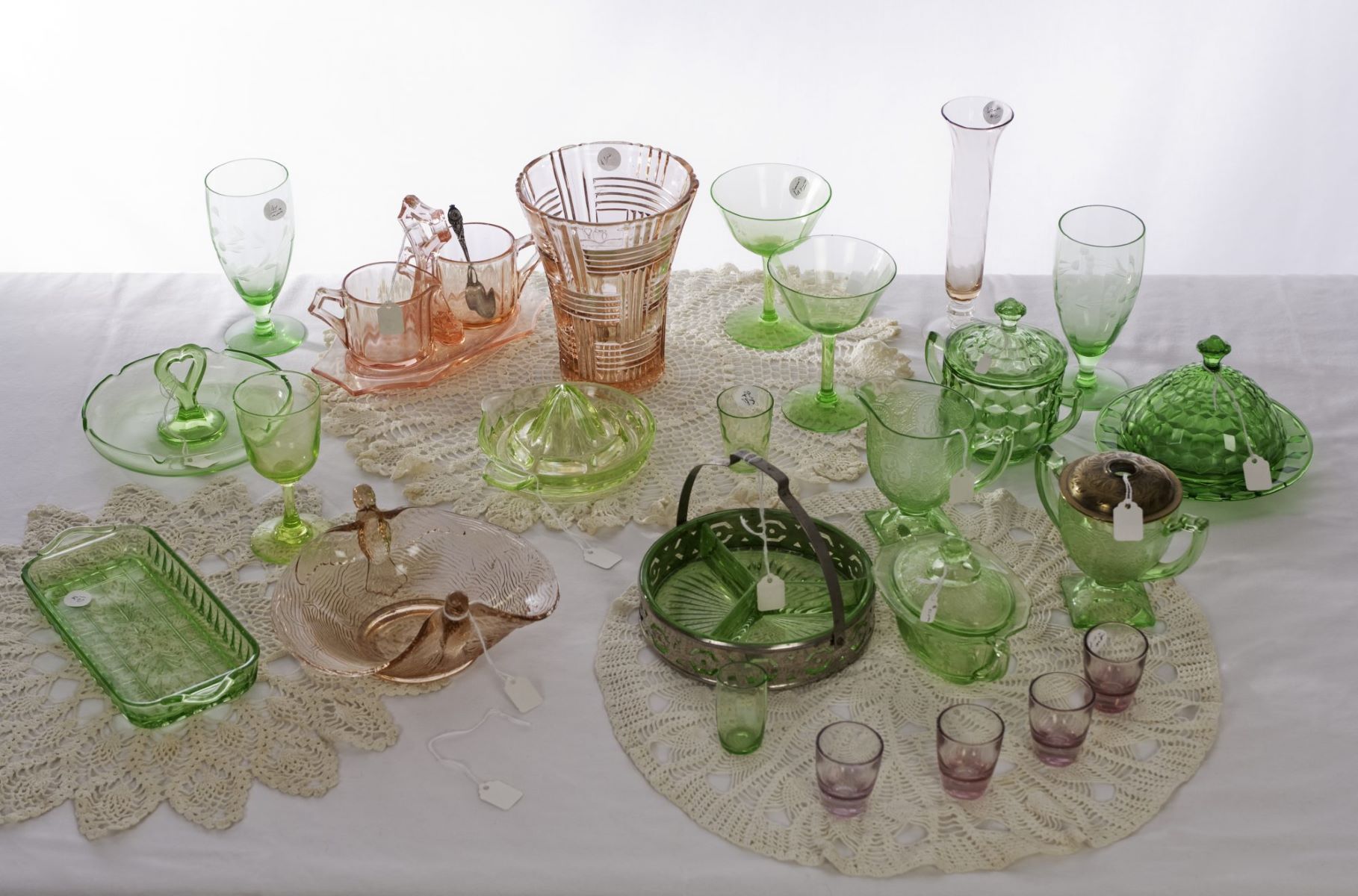
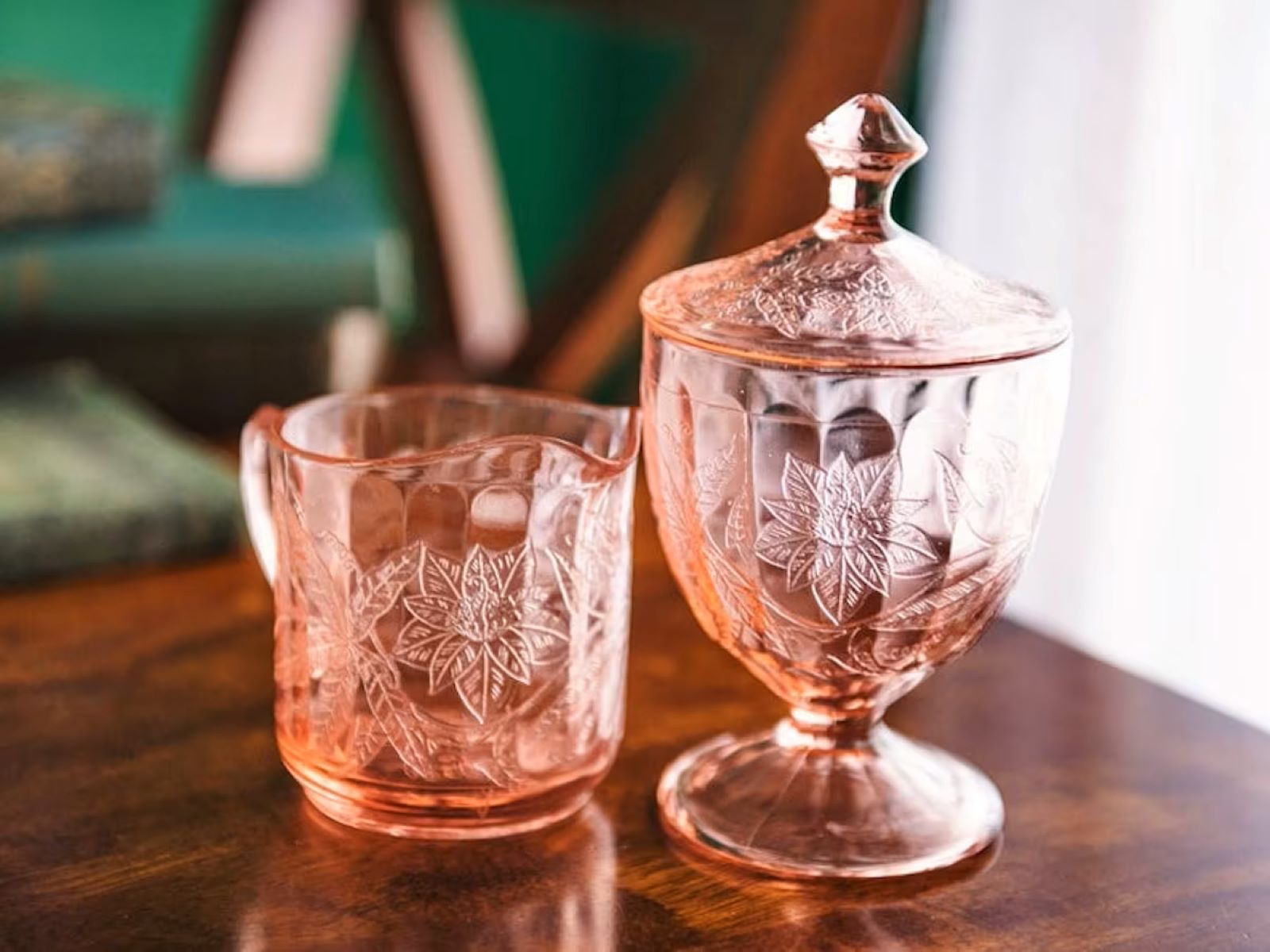
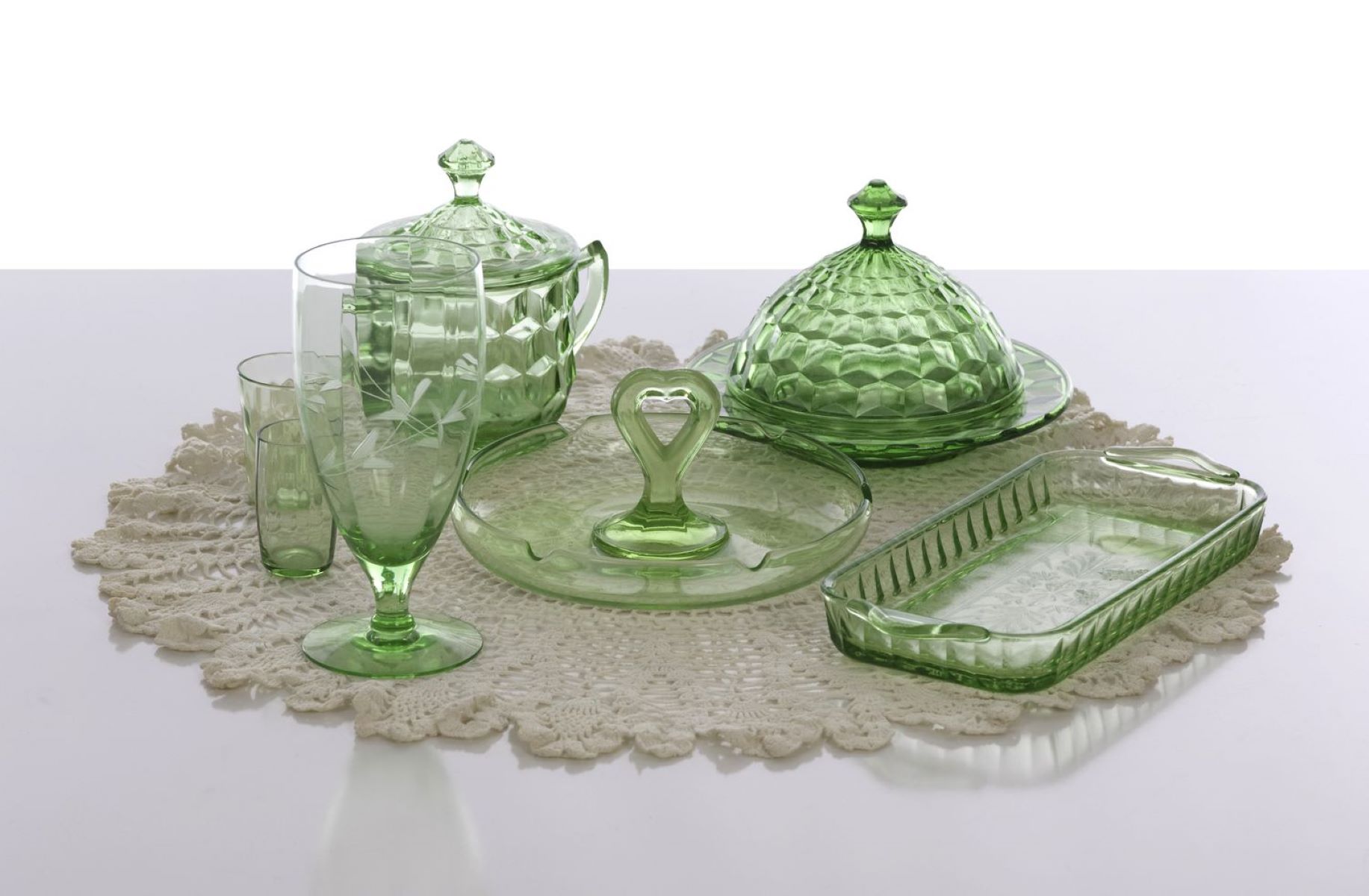
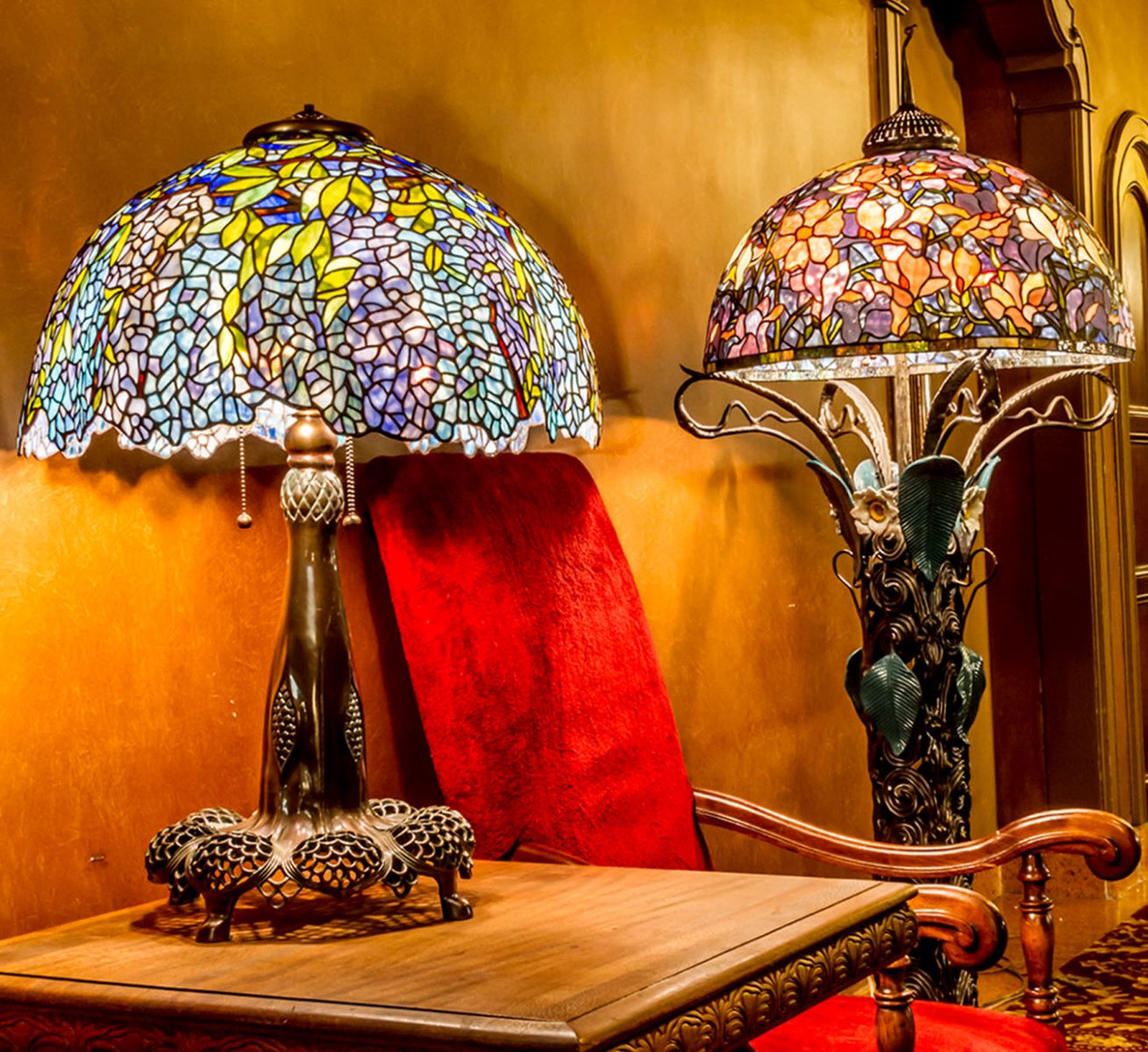
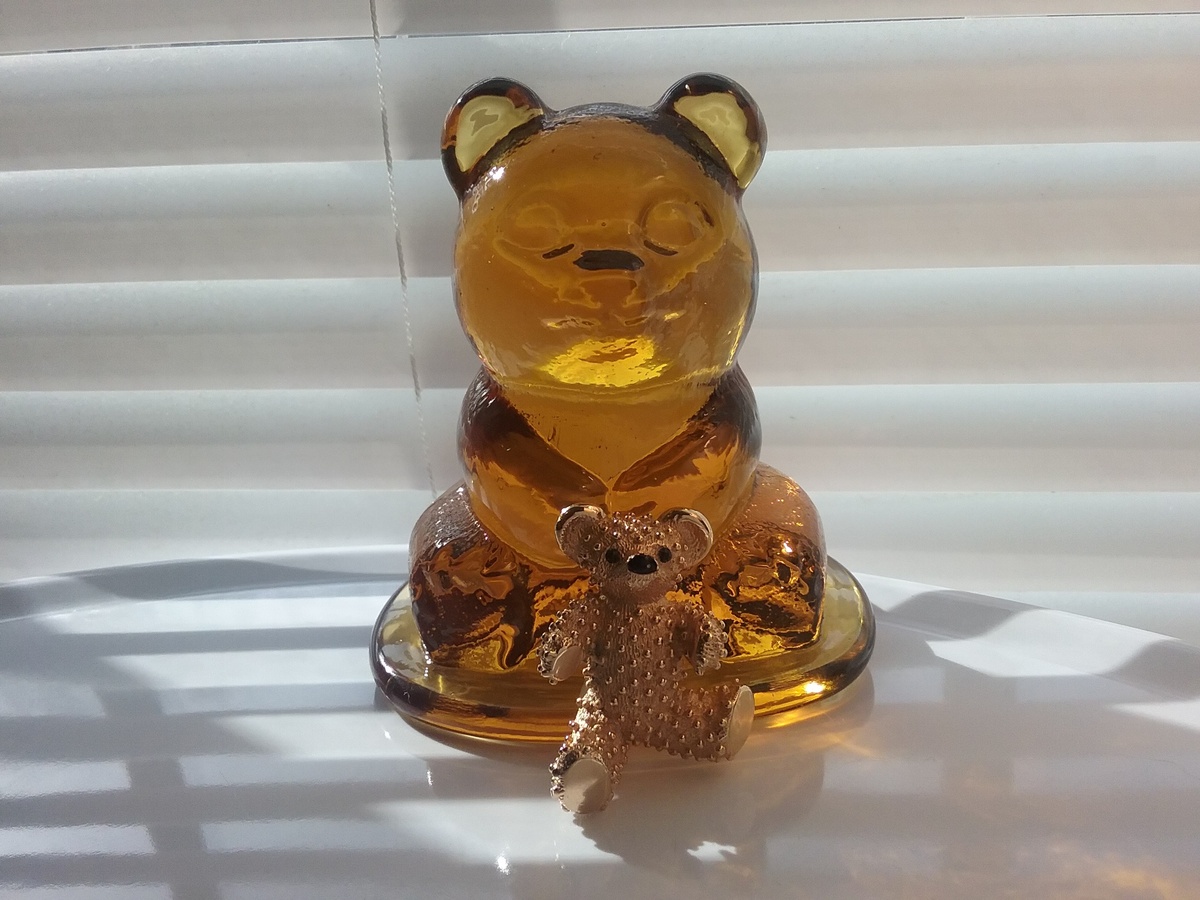
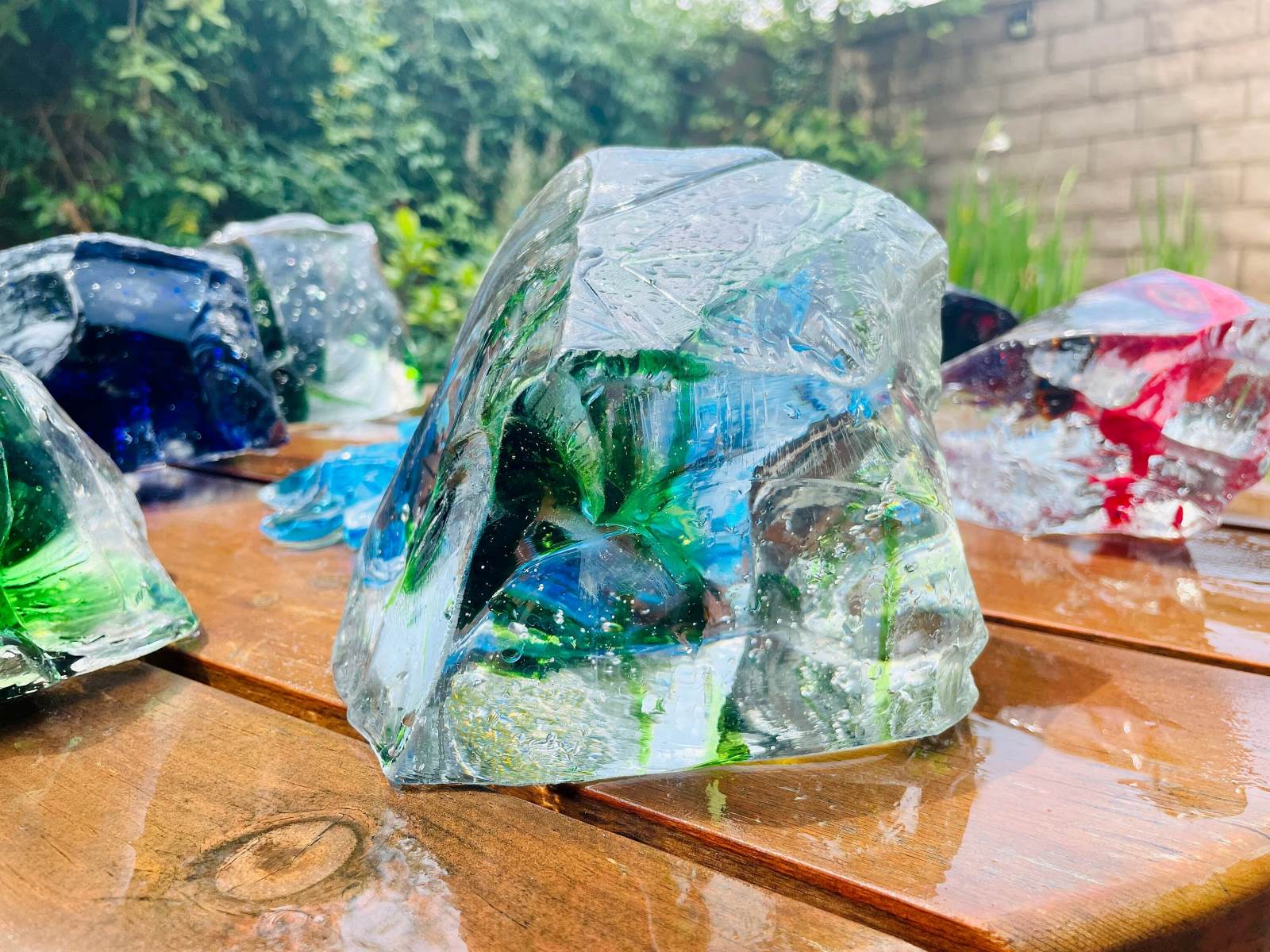
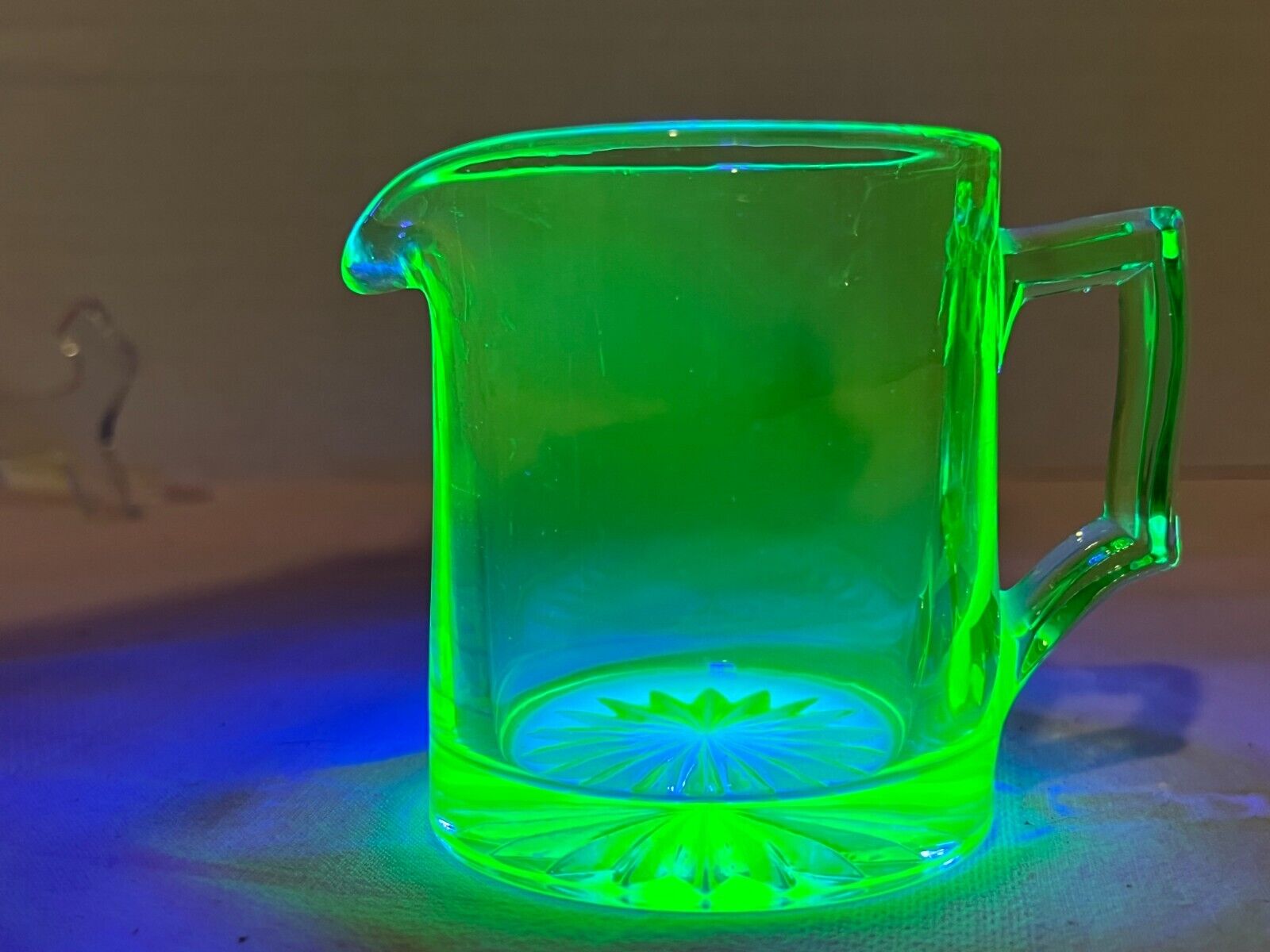
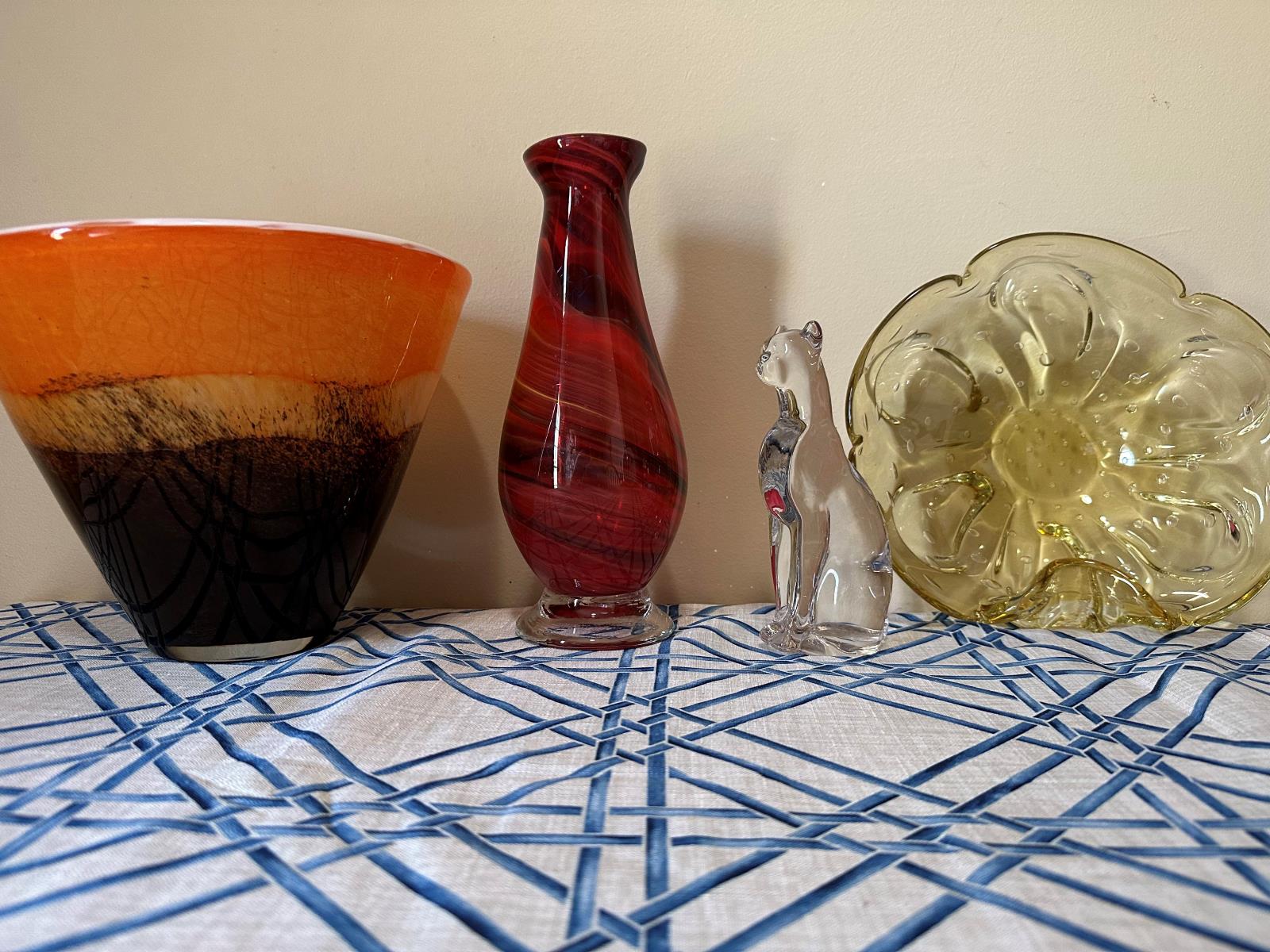
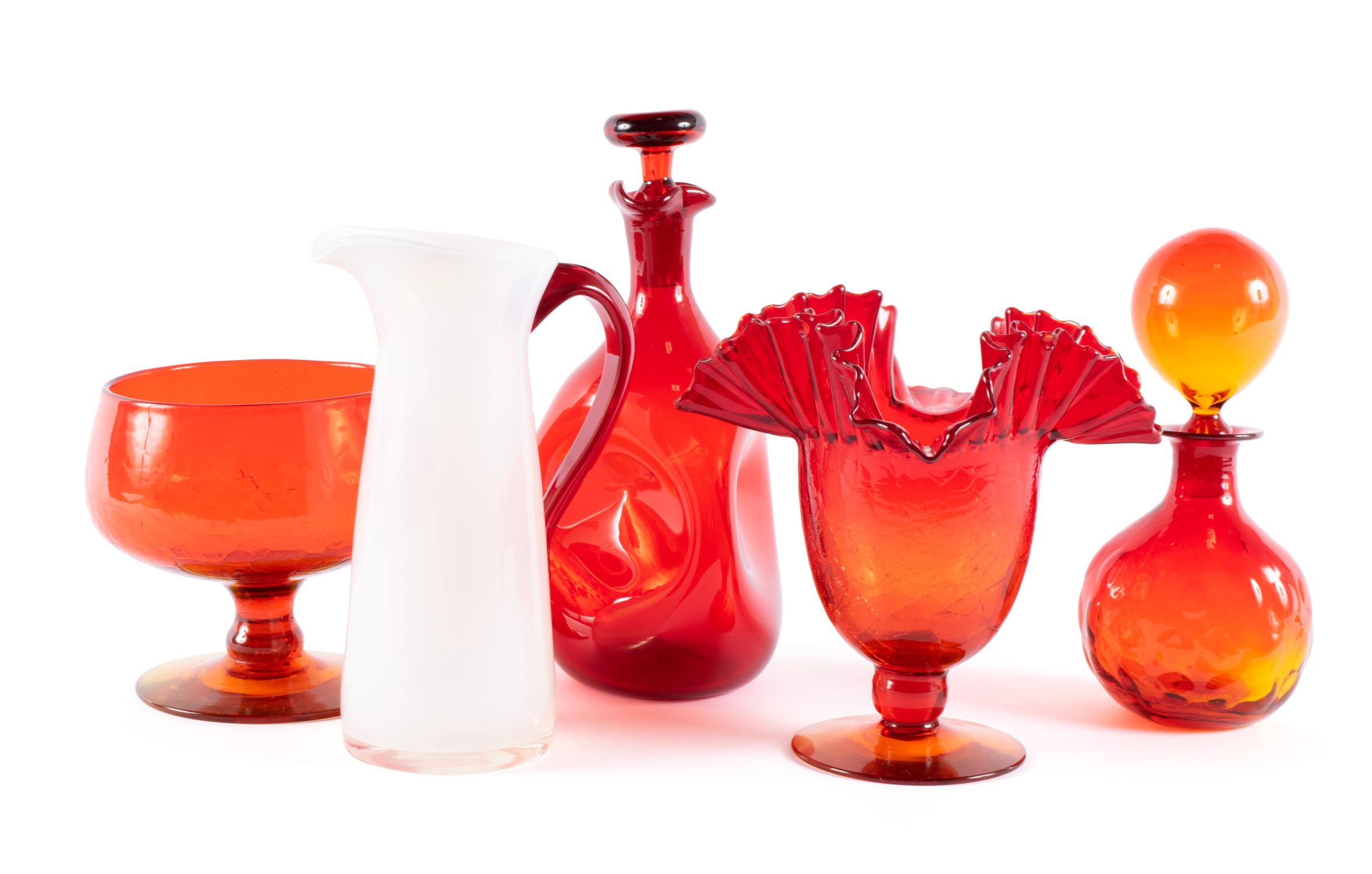
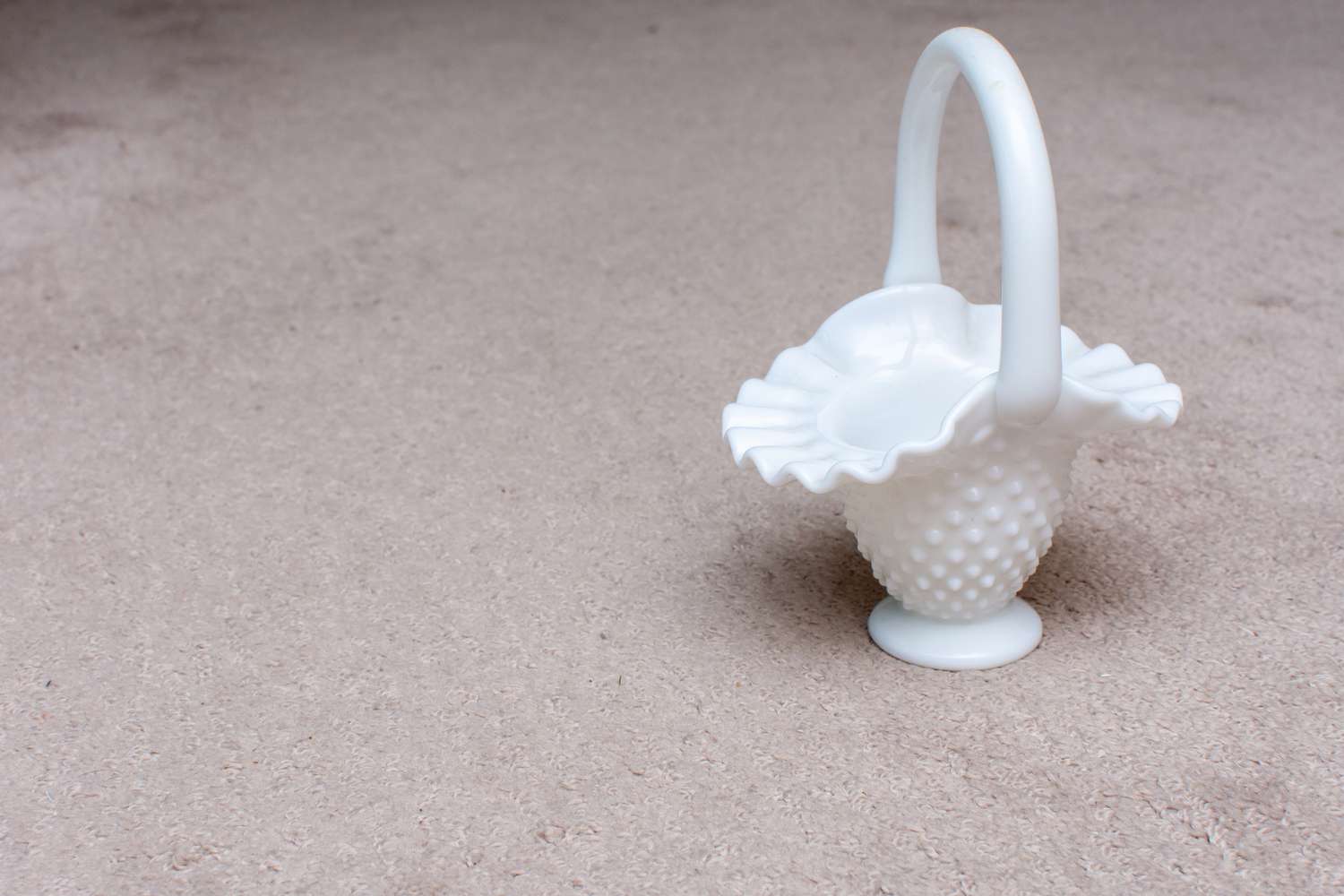
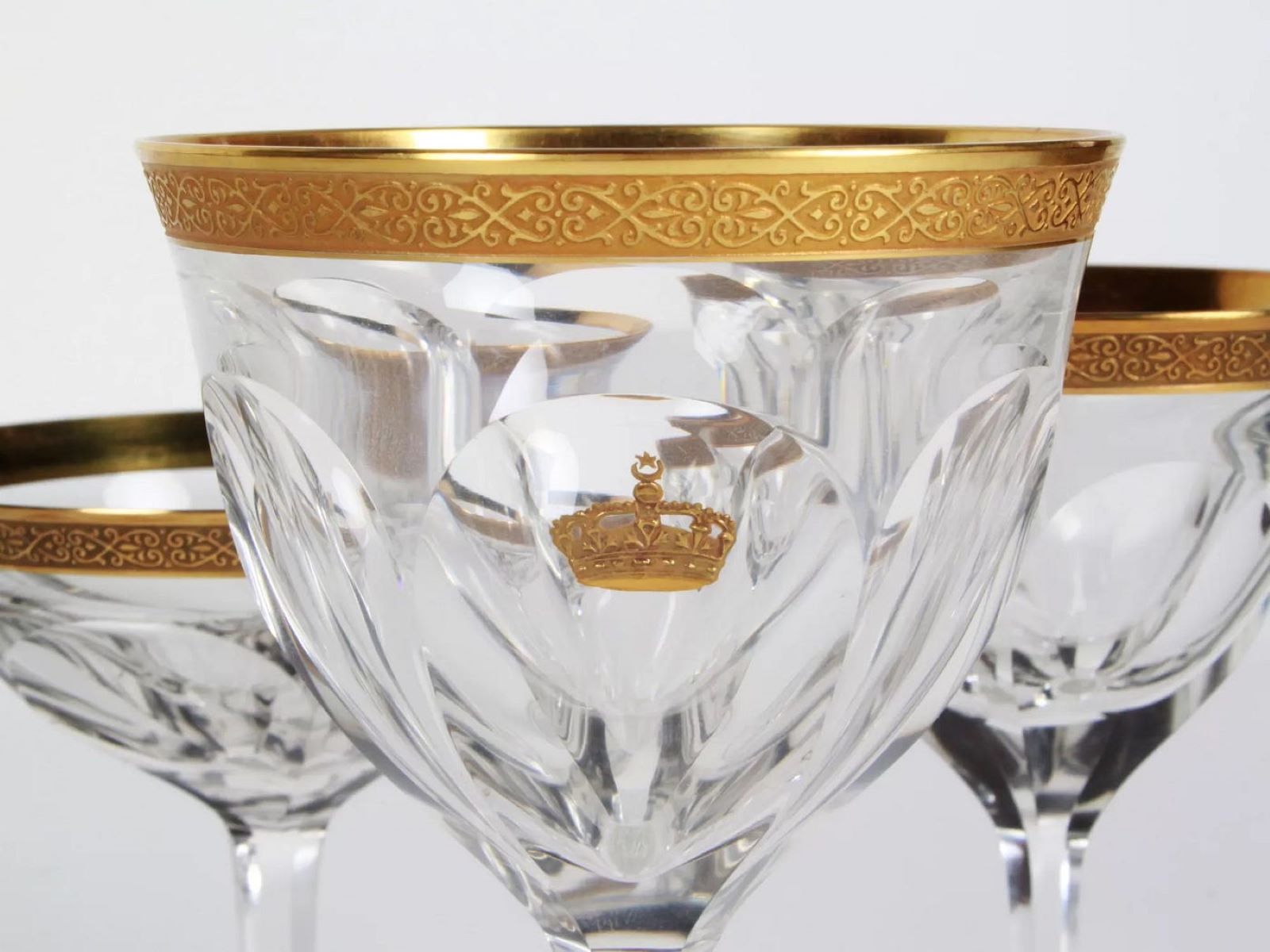
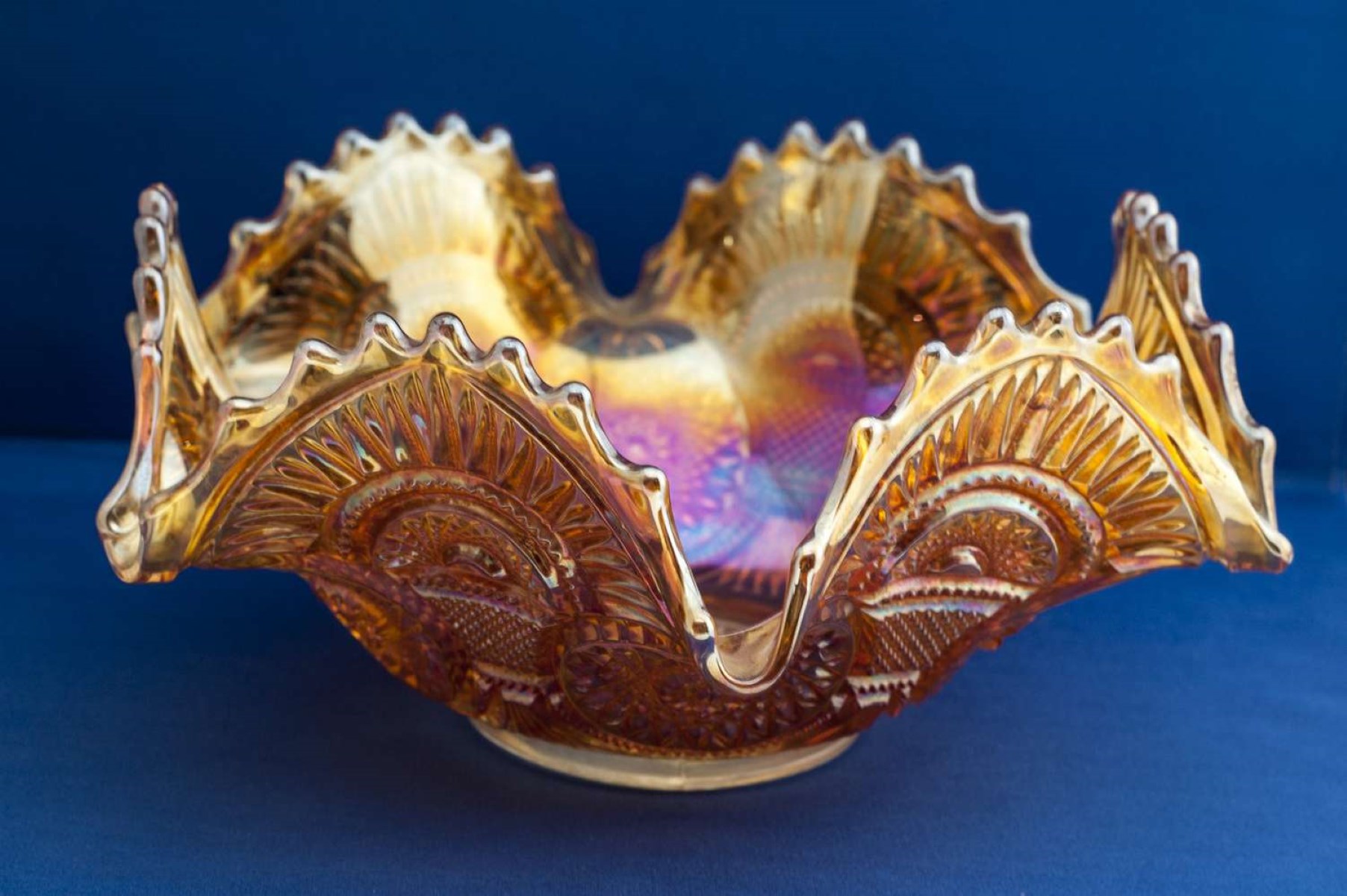
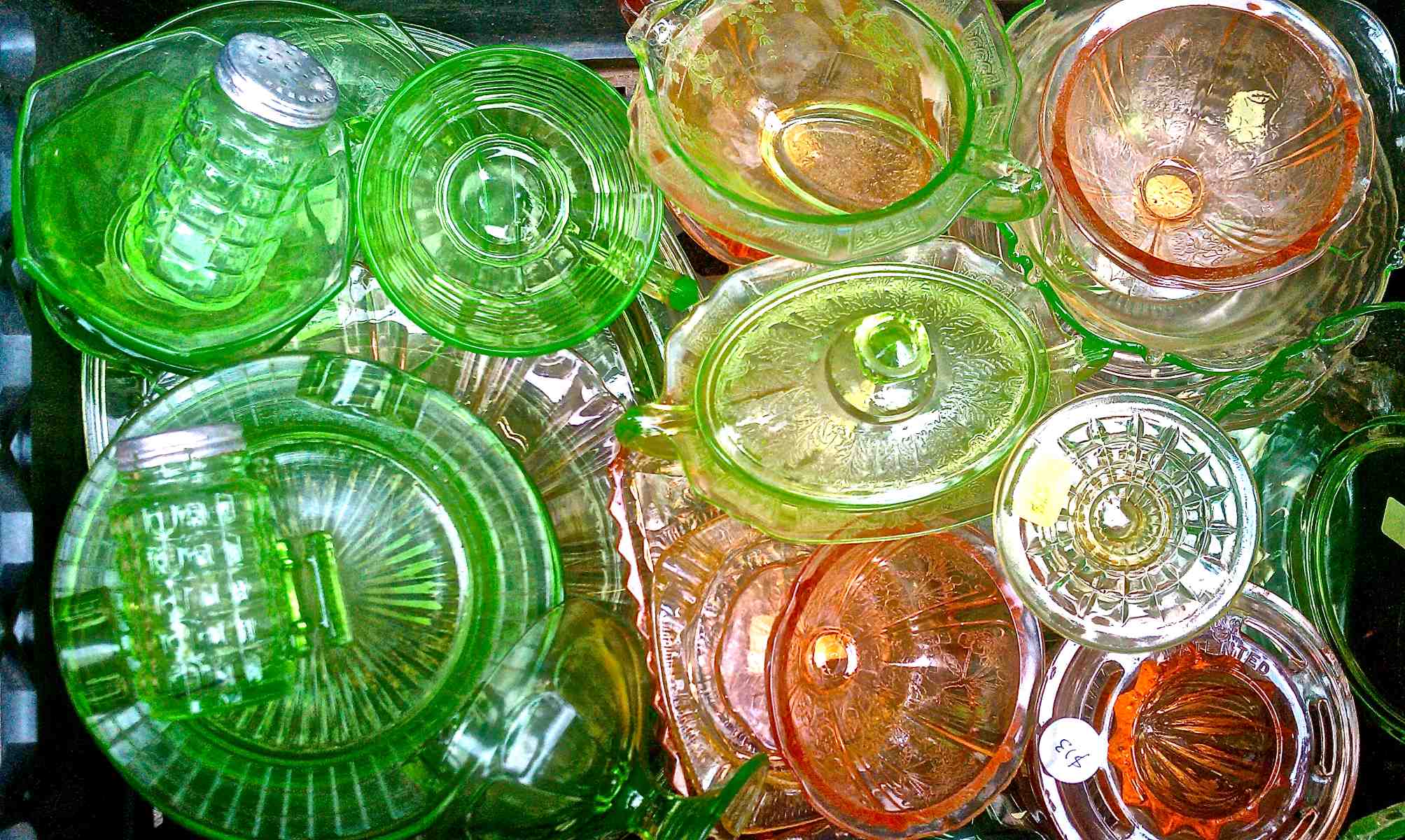
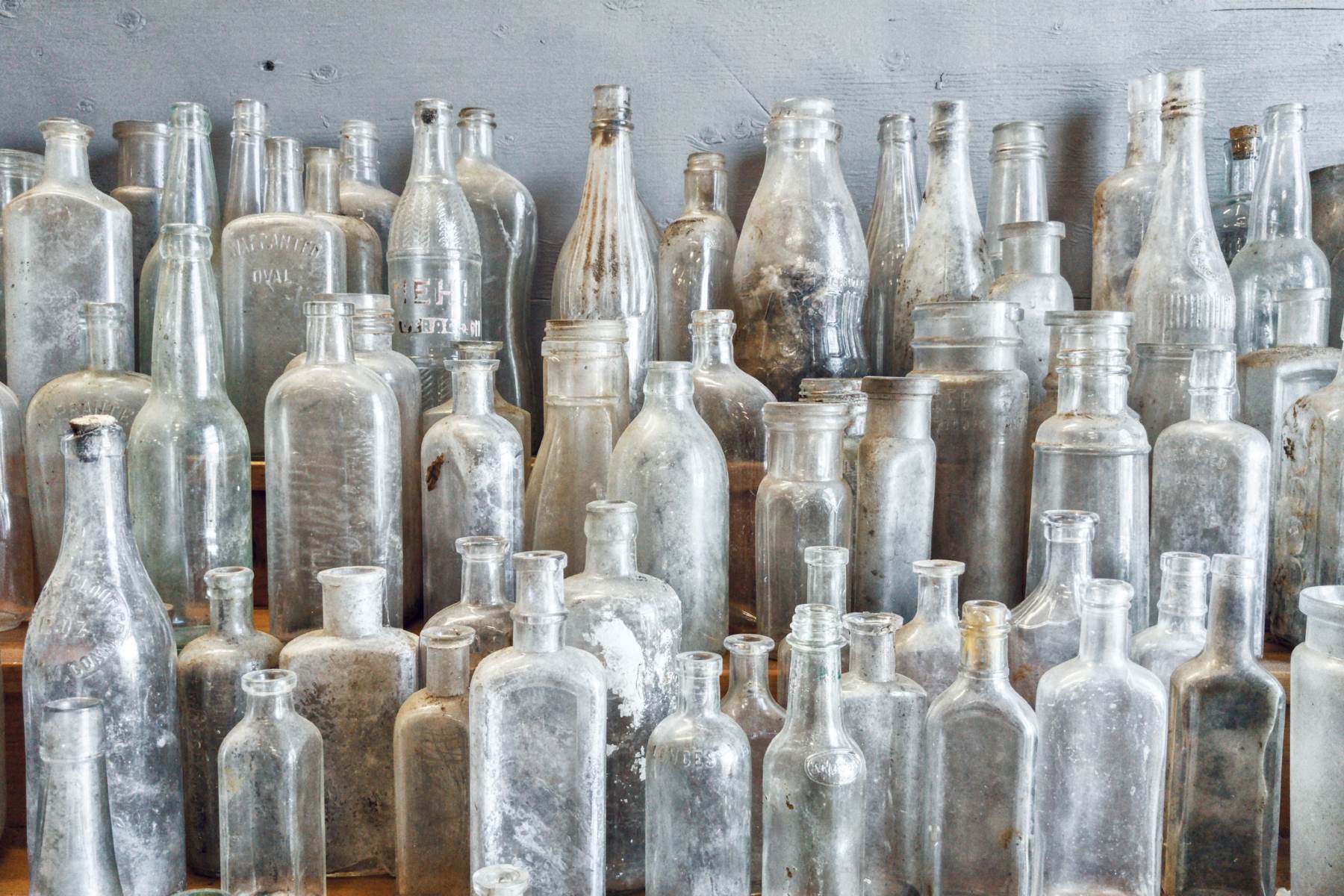

0 thoughts on “How To Identify Depression Glass”